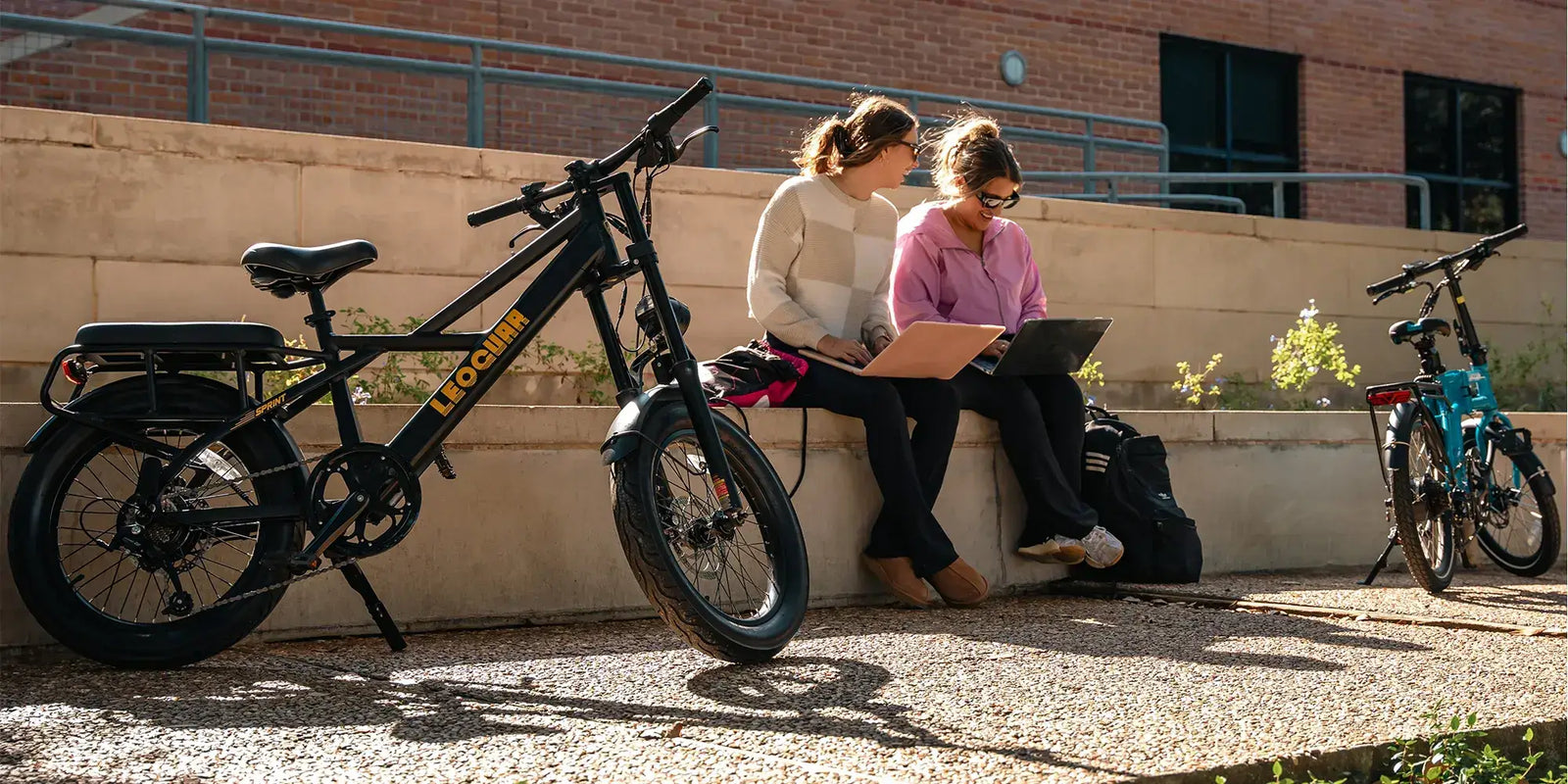
Charging Your Ebike at Work, School, or on the Road: What You’ll Need
Understanding the Charging Challenge
Charging your ebike when you are away from home is critical for staying mobile and avoiding a dead battery. We all face challenges when planning our day, whether riding to work, school, or traveling long distances. Many riders struggle to find power outlets, worry about security, and have safety concerns when plugging in an ebike charger in public.
Every commuter knows good charging keeps batteries healthy and improves performance. Battery life matters for reliable rides, and poor charging can hurt performance, create risks, or cause permanent damage. Our experience shows that clear planning and knowing your charger's technology help solve these problems.
The purpose of this article is to share proven ways to charge your ebike at work, school, or on the road. We will guide you through finding charging options and solving security and technical issues. We cover real situations faced by city commuters, students, and workers who use ebikes daily.
To protect battery cells, don't overcharge, and always follow safety steps. Practical tips like checking charger fit, battery level, and watching the charging process are must-do actions. Our detailed guidance ensures you can power your ebike anywhere without risking safety or performance.
Additionally, we share facts like research showing poor charging can cut battery life by up to 30%. Clear instructions, expert advice, and real-life tips will help make your charging routine easy. This article will be your go-to guide for ebike charging in all locations.
Why Proper Ebike Charging Matters
Proper charging keeps your battery healthy and helps your ebike perform well long-term. Using an approved ebike charger and following maker guidelines prevents overcharging and overheating. We stress that careful charging saves battery cells and makes your ebike last longer.
Battery Health and Longevity
Correct charging practices play a huge role in how long batteries last. Following voltage guidelines and avoiding overnight charging helps the battery management system work right. Studies show bad charging might reduce battery life by as much as 30%.
Keeping your battery between 20% and 80% charge is best for long-term health. Using a maker-approved ebike charger ensures all cells charge evenly. Our experience shows that following these practices regularly can slow battery aging and improve performance.
Safety and Reliability
Safety matters just as much when charging at work, school, or on the road. Charging in public means being extra careful, and managing cables and securing batteries prevents theft or damage. Be careful to avoid power surges or overheating that could break your ebike.
Additionally, using charging equipment that meets safety standards reduces fire risks. Good chargers have safety features like surge protection and temperature control. By following best practices and using recommended chargers, riders can keep their ebikes safe even in busy public places.
Regular checks and monitoring voltage levels are critical. Industry data and firsthand experiences support these tips. Careful practices and quality charging devices ensure both safety and good performance for your ebike.
Charging Your Ebike at Work and School
Charging your ebike at work or school means finding available outlets and using proper security. Many workplaces and campuses now have bike charging stations, but sometimes riders must use regular power outlets. We offer practical tips to make charging smooth and safe.
Assessing Available Charging Options
First, find power sources near your workplace or school. Look for dedicated charging stations or use standard outlets in secure areas. Check how easy it is to access these outlets and choose spots with less risk of theft.
A quick checklist to assess available options includes:
| Option | Pros | Cons |
| Designated Charging Stations | Secure, monitored, often weather-protected | May be limited in number |
| Office or Classroom Outlets | Convenient location | May require permission |
| Public Outlets (Cafeteria, Lobby) | Ubiquitous and available in many areas | Higher risk of theft or tampering |
This table helps you compare options based on location and security. Always ask permission to use outlets if needed.
Safety and Security Considerations
When charging in busy places, secure your ebike by locking the battery and frame. Use strong locks like U-locks or heavy chains. We've learned that charging without drawing attention reduces theft risk.
Choose a charging spot in a low-traffic area, preferably near an outlet visible to security cameras or staff. Don't leave your ebike alone for long periods and consider using a cable lock to secure the charger too.
Other safety steps include checking battery temperature and preventing overcharging. These practices protect your investment and prevent electrical hazards.
Best Practices from Real Experiences
Professional riders and daily commuters stress the importance of planning ahead. Always check if the power outlet works with your ebike charger's voltage and amp needs before plugging in. Real cases show that misjudging power can lead to poor charging or even damage your battery.
One experienced commuter shared how checking outlet specs first saved a lot of trouble, showing that details matter. We've seen that asking permission to use an office outlet with IT or facilities approval helps avoid problems.
Using these security and planning strategies keeps your ebike charged and safe during busy work or school days. With the right steps, charging on campus or at work can be as easy and safe as charging at home.
Charging on the Road: Portable Solutions and Planning
Long trips or daily commutes need flexible charging approaches. Planning ahead and using portable charging devices keep your ebike powered on the road. We provide practical solutions and checklists to help you charge safely anywhere.
Portable Charging Devices and Power Banks
Portable chargers and power banks are key tools for riders on the move. Some advanced portable ebike chargers work with different voltages and have safety features like surge protection. These compact devices extend battery life during long rides.
Many riders suggest using a dual-voltage charger that works with different battery types. This flexibility helps when road conditions or power access is uncertain. Our experience shows that buying a quality portable charger is worth the investment.
Look for portable chargers with universal voltage fit, light weight, and clear charging indicators. These features ensure you'll never be stuck without power for your ebike.
Route Planning and Charging Spot Identification
Good route planning is key to successful road charging. Find and mark public charging stations, cafes, libraries, or other places with power outlets. Many map apps now show charging station locations, making it easier to plan routes with charging stops.
When planning your journey, always include backup options in case your main plan fails. Some riders create lists or use apps to track charging stops along their route. This approach minimizes downtime and keeps your ebike charger handy at every planned stop.
Real-Life Travel Scenarios
Riders have shared compelling stories about road charging. One commuter told how a portable charger saved the day during an unexpected delay. By planning stops and checking power availability at certain places, that commuter kept going without interruption.
Another example showed why carrying a spare ebike charger matters when exploring rural areas. These real experiences show the need for backup plans and careful preparation. With good route planning and a reliable portable charger, riders can travel long distances without fear of running out of power.
A simple approach includes checking battery levels, making sure your charger fits, and inspecting charging spots before stopping. This system ensures that charging your ebike on the road is as easy as charging at home or work.
Understanding Your Ebike Charger and Its Technology
Knowing more about your ebike charger improves charging efficiency. Understanding the specs of different charger types helps you make smart safety and performance choices. This section explains charger types, output ratings, and how to match them to your ebike battery.
What Makes a Good Ebike Charger?
A quality ebike charger offers voltage control, fast charging, and surge protection. It works with the battery management system (BMS) in your ebike. Many chargers have safety indicators like LED lights to show charging status.
Technical details like amperage and charging speed vary between charger models. A standard charger might provide 2A current, while faster chargers offer up to 4A. These specs affect charging time and battery life.
We recommend chargers that balance efficiency and safety. Good chargers stop power automatically when the battery is full. This prevents overcharging and preserves battery cell health.
Compatibility and Technical Considerations
Making sure your charger fits your battery is crucial. Most ebikes have specific charging requirements listed in the manual. Using a mismatched charger risks damaging your ebike battery or voiding the warranty.
Here's a comparison of key technical factors:
| Charger Feature | Recommended Range | Importance |
| Voltage Regulation | 48V to 54.6V | Prevents overcharge and optimizes performance |
| Amperage Output | 2A to 4A | Balances charging time with battery health |
| Safety Features | Surge protection, LED indicators | Essential for consistent and safe operation |
| Compatibility | Manufacturer-approved models | Ensures battery longevity and proper function |
This table helps you pick an ebike charger based on key features. We've found that using chargers that match battery specs causes fewer problems and extends battery life.
In simple terms, a good charger should be reliable, compatible, and safe. Dealers often stress following the manufacturer's guidelines to maintain your ebike battery. Understanding these basics helps users make good choices and avoid mistakes.
Step-by-Step Guide: Charging Your Ebike Anywhere
A clear, step-by-step guide makes charging your ebike at work, school, or on the road safe and efficient. Following a consistent process reduces risks and improves battery performance each time you charge. This checklist provides practical steps for charging your ebike anywhere.
Preparation Before Charging
Before connecting the ebike charger, check your battery level. Make sure your battery isn't nearly empty to avoid straining the battery system. Verify that your charger works with your battery model's voltage and amp requirements.
A quick pre-charge checklist:
1. Check the ebike and battery for any damage.
2. Make sure the power outlet meets your charger's needs.
3. Lock your ebike securely to prevent theft while charging.
4. Ensure the charging area is dry and safe.
Proper preparation is essential for safe charging, as our real-world experiences show.
The Charging Process
Connect the charger to the right port on your ebike. Watch for LED lights that show charging has started. We've observed that chargers use fast charging when batteries are below 20%, then switch to slower charging as they near full capacity.
Monitor each charging session regularly. Keep cables secure and prevent excessive movement during charging. Also check the temperature, as extreme heat or cold can affect charging speed.
Here's a simple process to follow:
1. Prepare the ebike and check battery levels.
2. Plug the charger into a suitable power outlet.
3. Watch the LED indicators for charging status.
4. Check that fast charging changes to slow charging near full.
5. Disconnect safely when fully charged.
This process helps users develop consistent charging habits. Following these steps minimizes risks and ensures optimal charging.
Post-Charge Best Practices
After charging, carefully disconnect the ebike charger. Store it in a dry, secure place to keep it working well and prevent damage. If you removed the battery for charging, put it back in its proper riding position.
Additional post-charge steps include noting the date and battery performance. This helps identify any battery problems over time. Our experience shows that proper disconnection and storage extend both charger and battery life.
Using a clear checklist for every charging session ensures nothing is missed. This methodical approach makes a potentially complex process simple, showing that safety and efficiency work together.

Expert Recommendations & First-Hand Experiences
Insights from industry experts and regular commuters provide valuable advice. These expert recommendations offer practical tips for various settings. We gather these insights to show how good charging practices improve overall ebike performance.
Expert Tips for Different Environments
Experts note that each environment has unique charging challenges. At work and school, securing your bike and checking outlet compatibility are most important. On the road, carrying a portable charger and planning stops ahead are recommended.
Experienced riders advise carrying an extra charger or power bank for unexpected delays. Regular maintenance checks and pre-ride inspections contribute to charging safety. Each tip reinforces that following manufacturer standards is essential for battery health.
Case Study: A Day in the Life of an Ebike Commuter
We've collected insights from a daily ebike commuter. This rider begins each day by checking battery level before leaving home. At work, they use a designated outlet and secure both the charger and bike frame.
By midday, the battery has slightly drained. The commuter visits a nearby café with known charging options, where a portable power bank is available. Throughout the day, they track charge cycles and monitor how the battery responds in different charging settings.
This story shows how careful planning and following best practices enable seamless ebike use. First-hand experiences highlight that even in busy or unpredictable places, following clear charging steps results in consistent performance and longer battery life.
Troubleshooting Common Charging Issues
Even with careful planning, charging problems can happen. This section covers common issues and solutions in a clear, step-by-step way. A practical FAQ-style checklist helps users solve these problems quickly.
Identifying the Problem
Common problems include slow charging, charger overheating, or no indicator lights. These issues might come from bad cables, mismatched charger and battery, or power supply problems. We've seen that even small issues, like loose connections, can disrupt charging.
Watch for these symptoms:
• Battery not reaching full charge
• Charger getting too hot
• Inconsistent LED light patterns
Understanding these signs helps find the root cause and prevents bigger problems.
Practical Fixes and When to Seek Help
Start by checking cables and connectors. Make sure the power outlet works properly without surges. If the charger gets too hot, unplug it right away and let it cool down.
If these steps don't fix the issue, check the manufacturer's guidelines or contact technical support. Sometimes professional service is needed if the battery system shows errors.
A quick troubleshooting checklist:
1. Check that the outlet provides the right voltage.
2. Look at the charger for any damage or frayed cables.
3. Confirm the battery indicator matches the charger's LED signals.
4. Contact manufacturer support if overheating or inconsistent charging continues.
For more on safety and troubleshooting, see the E-Bike Safety Guidelines from Riding'times. This approach solves issues quickly and improves the reliability of your ebike charging routine.
Conclusion & Key Takeaways
In summary, proper charging techniques for your ebike are vital whether at work, school, or on the road. We've covered the challenges and solutions for finding safe, effective charging methods that protect battery health and ensure reliability.
Key takeaways include preparing carefully before charging, understanding your ebike charger's technical specs, and following strict safety steps during and after charging. The strategies emphasize secure charging practices in both public and private settings.
By following this guide, riders can keep their ebike charged and ready at all times. Regular maintenance, accurate monitoring, and using portable solutions when needed extend battery life and improve performance.
We encourage readers to share their experiences about how to charge your ebike at work, school, or on the road. Using these expert recommendations and quality chargers will help all riders maintain optimal battery health and reliability. Stay safe, plan ahead, and keep riding confidently, knowing your ebike is always ready when you are.
FAQs
1. How long does it take to charge an ebike battery at public charging stations?
Most ebike batteries take 3-5 hours for a full charge at public stations, though fast chargers can reduce this to 1-2 hours depending on your battery capacity.
2. Is it safe to charge my ebike battery at work or school?
Yes, it's safe if you use manufacturer-approved chargers, secure your ebike properly, and monitor the charging process periodically to prevent overheating or theft.
3. What portable charging solutions work best for ebike riders on long trips?
Portable chargers with universal voltage compatibility (48V-54.6V) and built-in safety features like surge protection are ideal for long-distance ebike travel in 2025.
4. How can I find charging spots for my ebike when traveling?
Use specialized mapping apps that show ebike charging stations, or look for public spaces like cafes, libraries, and rest areas that offer power outlets for customers.
5. Will charging my ebike at different locations damage the battery?
Not if done properly. Using compatible chargers and avoiding extreme temperature conditions while charging will protect your battery regardless of location.




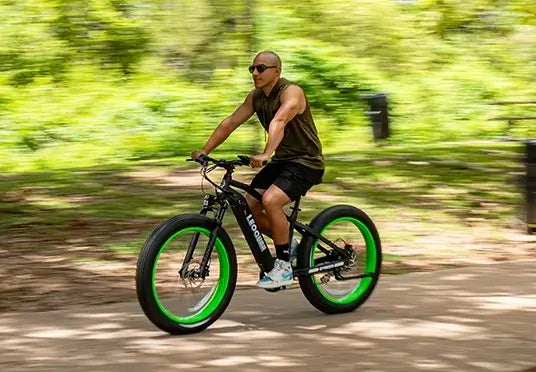






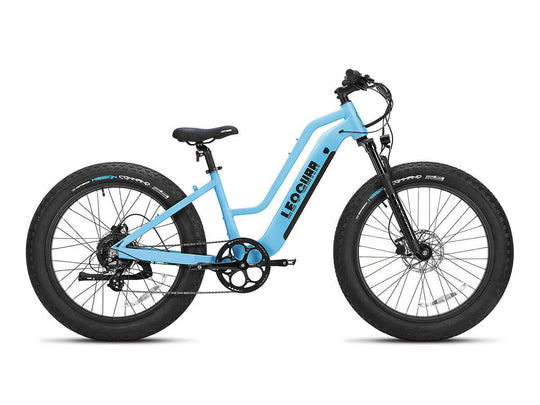
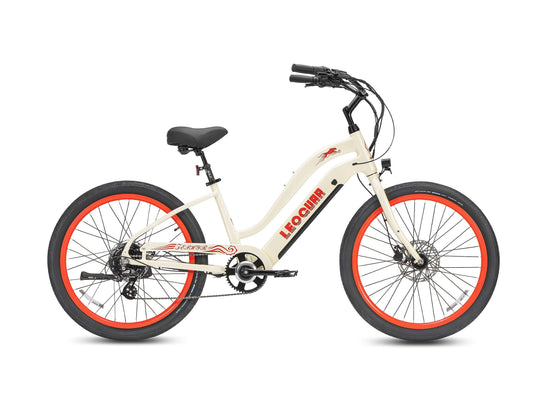
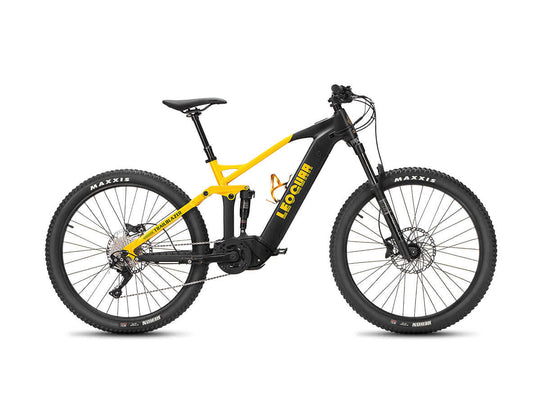

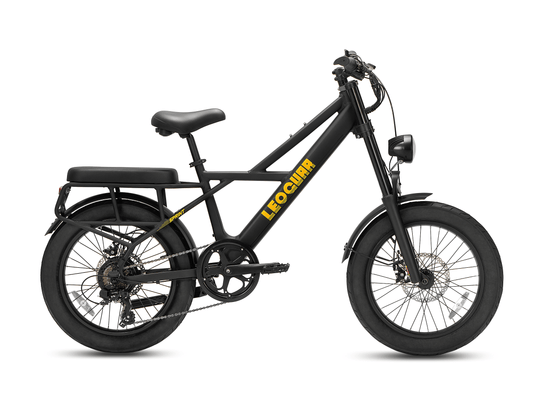

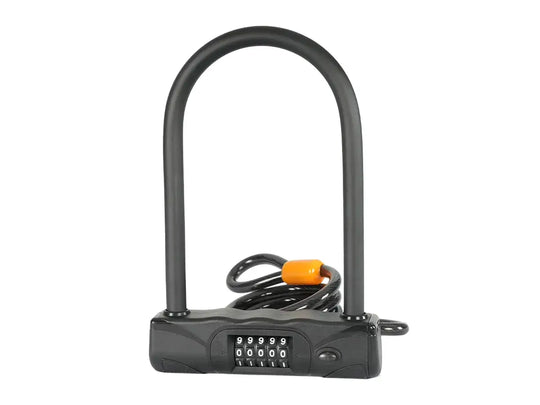
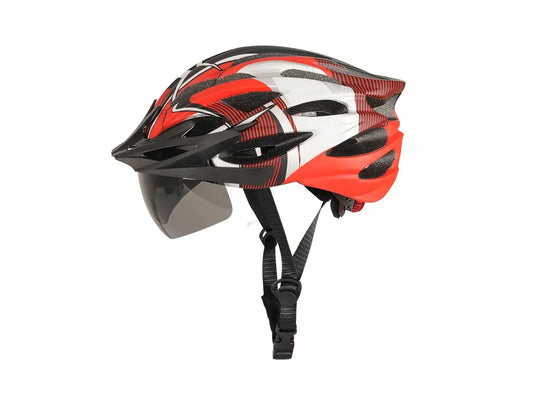
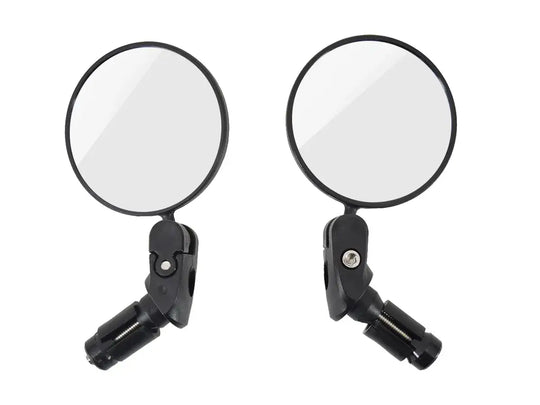


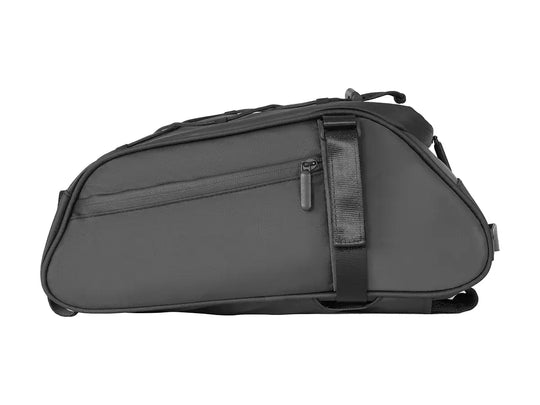

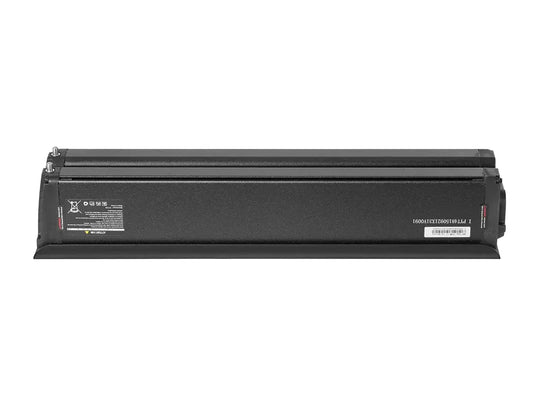
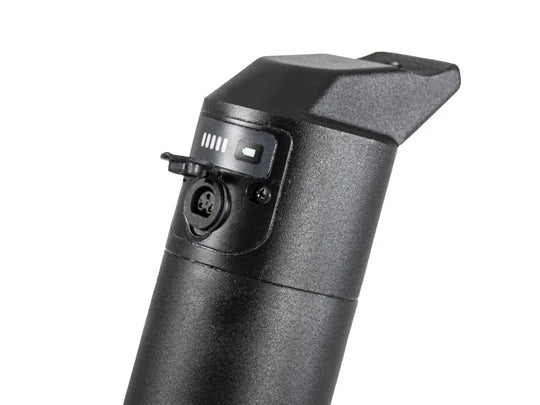

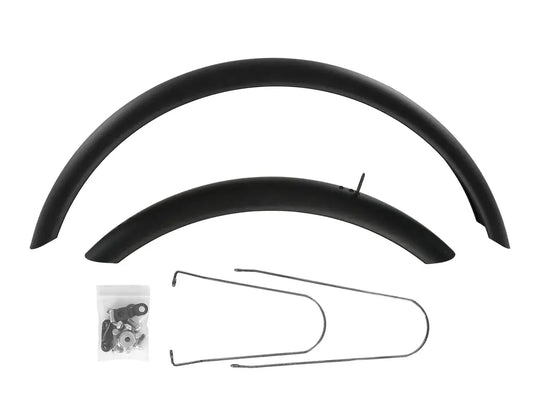
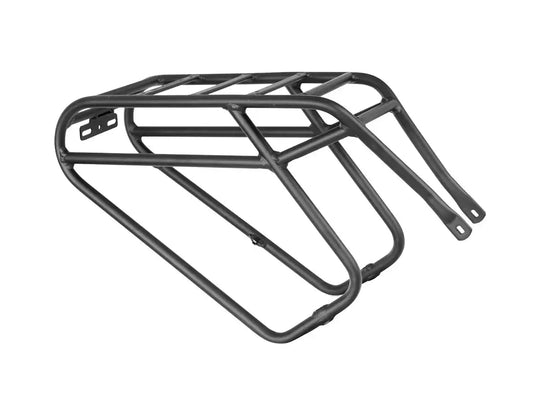

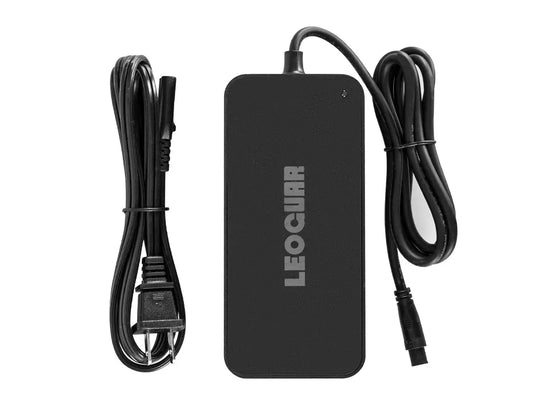
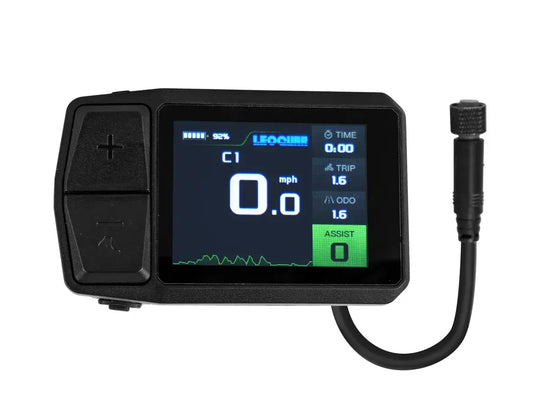
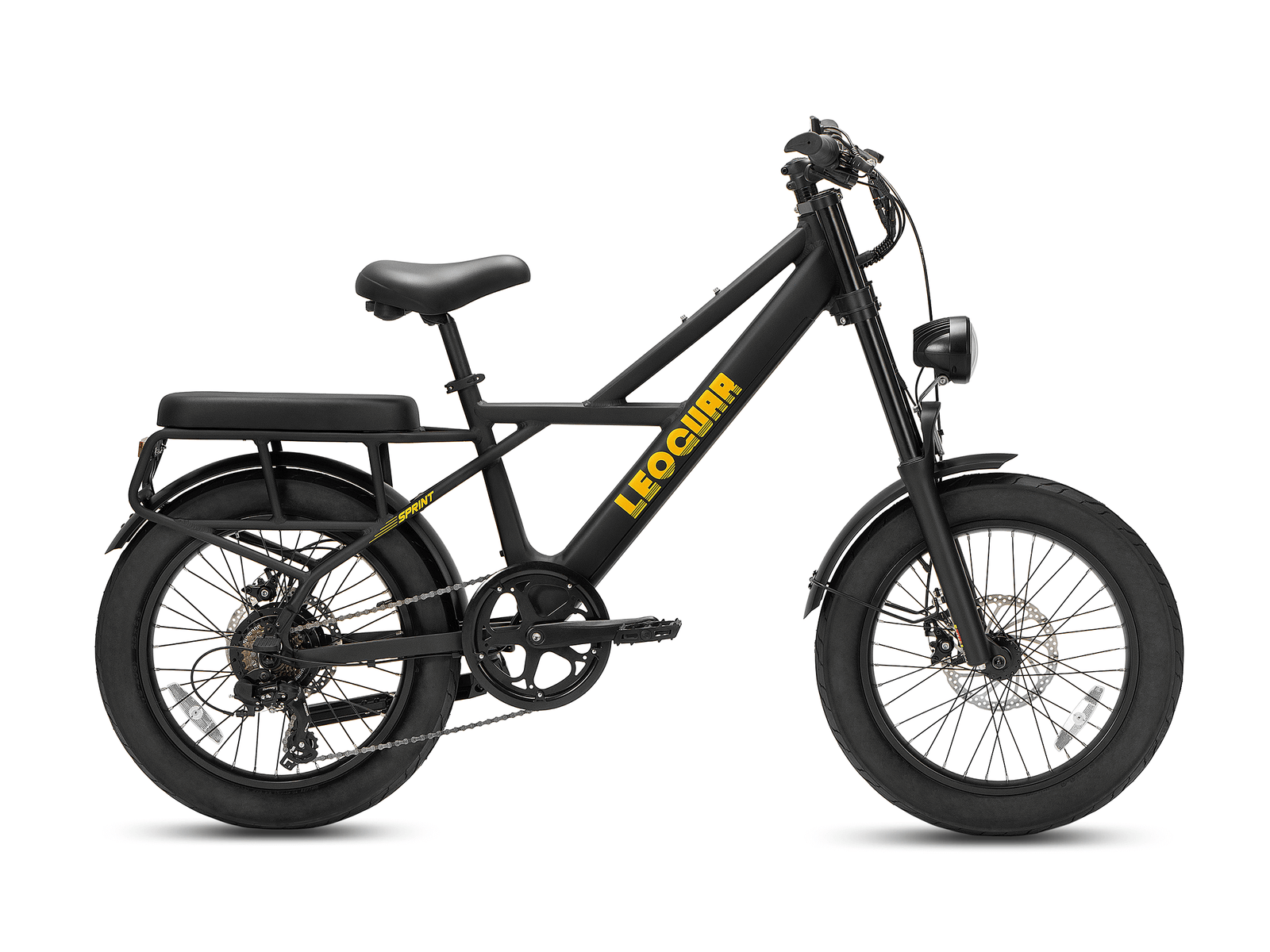








Leave a comment